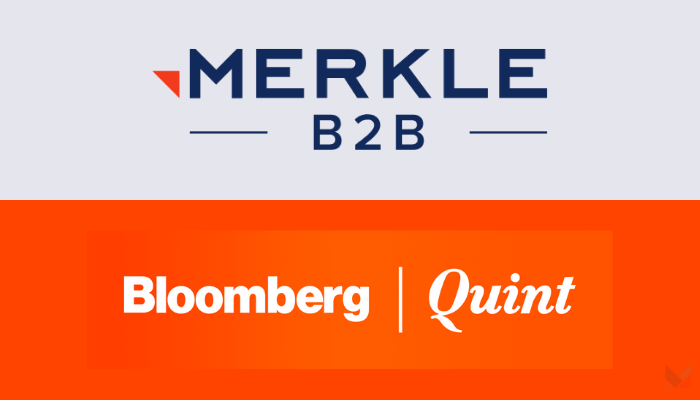Singapore – One of the challenges for online sellers looking to provide service and sustainability is that 23% of everything that global shoppers order online is returned and almost 39% admitted to over-ordering with the intention of returning unwanted items, presenting another dilemma for retailers’ digital supply chain, according to global e-commerce consultancy Wunderman Thompson Commerce.
The same research found that the worst offenders for returns in the APAC region were consumers in India, sitting at the top of the global chart at 44%. Yet, the least likely to return in the region was Japan at 13%. It also revealed that the increasing influence of retail marketplaces continues to drive consumer spending online, which can be predominately seen in the APAC markets, as China leads the way in online spending sitting at 66%, followed by Indonesia and India at 64%, Thailand at 60%, Australia at 55%, and Japan at 48%.
But winning online means getting the service right – one of the biggest changes post-pandemic is the expectation and demands that consumers have of retailers. About 24% of global consumers now expect delivery in two hours, and the APAC region leads the charge in these demands with 46% of consumers in India expecting delivery in under 2 hours, Indonesia at 27%, and China and Thailand at 25%. These delivery expectations present a conundrum to retailers with 48% of global consumers demanding faster delivery, while 68% said that they wished that brands and retailers offered better environmental practices.
Meanwhile, when consumers were asked if they ‘actively choose brands that are more environmentally responsible’, the region sits well beyond the global average. Thailand consumers sit at number one globally at 83%, followed by Indonesia at number two with 82%, India at number three with 81%, and China at number five with 71%. Australia and Japan had further to go in making active in sustainable choices, sitting at 46% and 38% respectively.
Aadit Bimbhet, regional commerce director at Wunderman Thompson APAC, shared that the COVID-19 has accelerated digital adoption globally and in Southeast Asia nearly 70 million new shoppers are estimated to have come online for the first time, while marketplaces remain the dominant force online, consumer loyalty and preferences in APAC are evolving in the face of fragmented online journeys.
“Consumers expect to engage with brands across multiple touch-points and brands have to start enabling connected commerce experiences to efficiently acquire and retain shoppers. Furthermore, as competition for shoppers in APAC increases, delivering brand experiences that are consistent, cohesive and engaging will be crucial to capturing a share of heart, mind and wallet in the long run,” said Bimbhet.
Meanwhile, Hugh Fletcher, global head of consultancy and innovation at Wunderman Thompson Commerce, noted that TikTok, Twitter and Instagram, marketplaces and e-commerce more generally offer shoppers an instant way to engage with, and purchase from, their favourite products and services.
“However, this means demands are higher, expectations are loftier, and consumers have reduced patience; they want products and services at the click of a button and won’t settle for second-best. Couple this with the rising cost of living and retailers face a fight to get consumers’ cash as they choose where they shop, which brands to invest in and what digital services to use,” said Fletcher.
In addition, the research shows that consumers have a healthy appetite for retailers to invest in emerging tech trends, including cashless payments with 58% and checkout-less supermarket services such as Amazon Go with 64%. The online world is also creating enormous value for retailers, with 60% of consumers planning to increase their usage of digital shopping channels. This has been driven by working from home (WFH), with 69% of consumers saying they have shopped more online, and 62% saying they have discovered new brands as a consequence of WFH.
The results have been even better this year for online marketplaces, such as Amazon, eBay, Mercado Libre, and Rakuten, amongst others. About 64% of global consumers go as far as to say they are excited by the prospect of buying everything through one retailer and 36% have already started their search on top marketplaces. While Amazon sits at number one across Europe, UK, USA, and UAE, APAC sees more diversity, with more marketplaces vying for consumers and social media platforms featuring heavily.

















